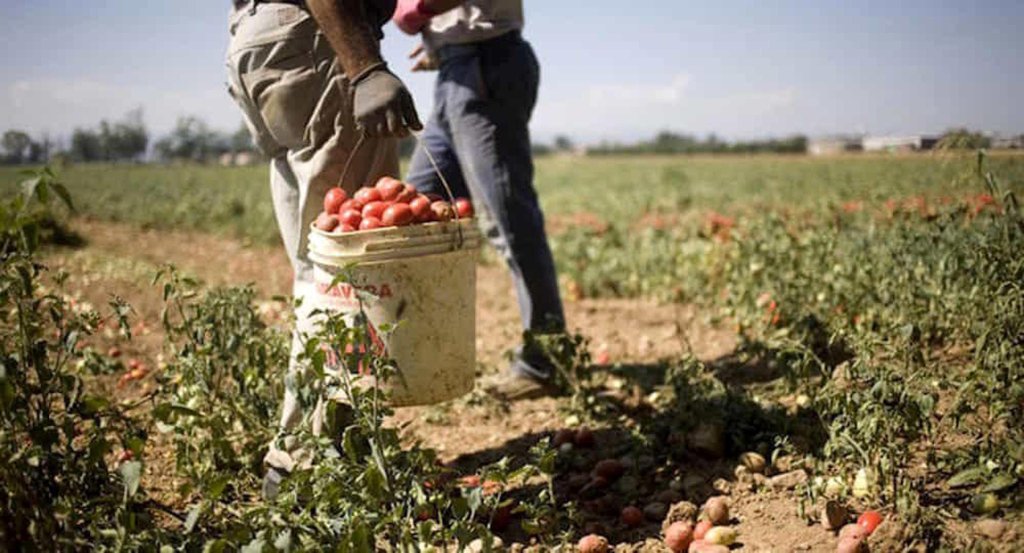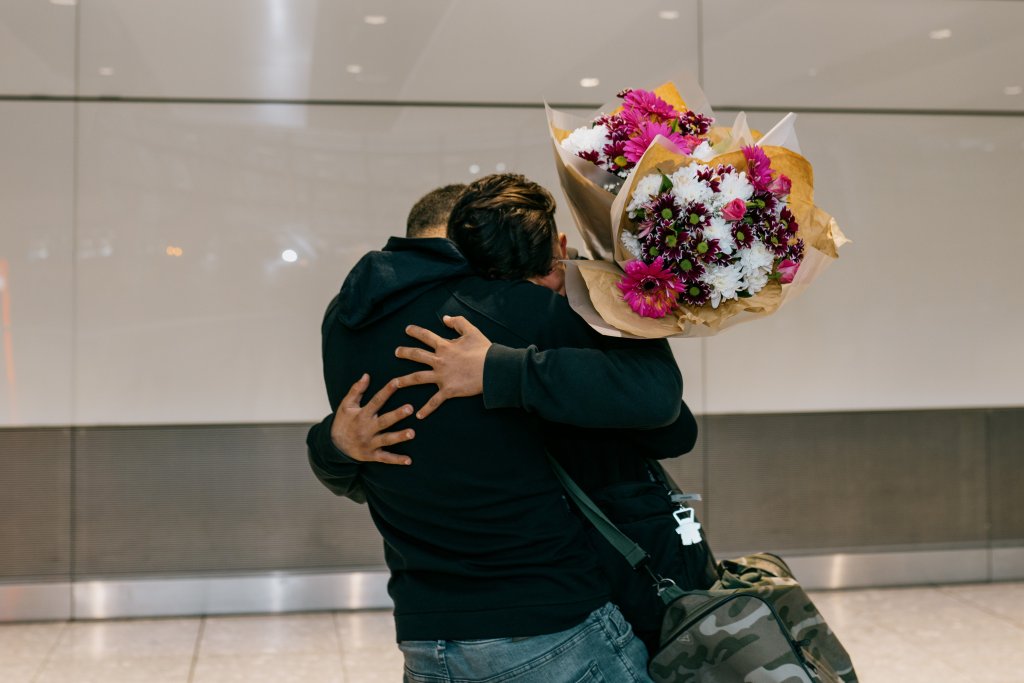Italy has alternative migration pathways which include bilateral agreements with other states, skilled worker visas, and family reunification.
Italy has various visa regimes to manage the arrival and residency of foreigners and improve labor migration pathways. InfoMigrants gives an overview of some of the different ways to move to Italy.
Job seeker residence permit (Permesso di soggiorno per attesa occupazione)
What is this visa for?
This permit is for people whose work or study permit has expired and who need a visa while looking for a job in Italy. If a job is found, this permit can be converted to a work permit (permesso per motivi di lavoro).
Who can apply?
- Those with expired work permits who are looking for new employment in Italy
- Graduates or PhD holders with expired study permits who need to convert their residence permit while they are looking for a job
What are the requirements?
First, you must be registered with the local employment center (Centro per l’impiego) and obtain a Declaration of Immediate Availability for Work (Dichiarazione di immediata disponibilità al lavoro). Then you must submit an application with the required documents:
- Copy of your permit of stay and passport
- Proof of income
- Residence certificate or rental contract
- DID document to prove that you are registered
- 4 passport photos
What will this permit allow me to do?
- Work and travel in Italy
- Access to healthcare, public education, and social benefits
- Apply for long-term residence after 5 years
How long is this permit valid?
- Valid for at least one year, depending on unemployment benefits
- Can be renewed if you have family support or if there are no restrictions from the Questura (police)
Highly-skilled employee (Blue Card)
Who can apply?
Individuals who are not citizens of the European Union who want to work as highly-skilled employees in Italy
What are the requirements and what is the process?
- Employer's application: Your employer must present to the One-Stop-Shop for Immigration (Sportello unico per l'immigrazione) in the "Prefettura" of the relevant province a request proposing to employ you
- Visa: When the employer's proposal is accepted, the One-Stop-Shop For Immigration will relay the decision to the Italian embassy in your country of origin and you will be issued with a visa
- Residence permit: Once you arrive in Italy, you must apply for a residence permit at the One-Stop-Shop for Immigration within eight days
How long is this permit valid?
- The duration of the residence permit aligns with the term of your employment contract

Seasonal worker visa
What is this visa for?
This is for individuals who want temporary employment in agriculture or tourism in Italy. The quota for this visa is regulated annually by a government decree or a flow decree. Employers apply to hire workers for durations of 20 days to 9 months. Returning workers are prioritized for future seasons, with the possibility of obtaining long-term permits after consecutive seasonal employment. Seasonal visas can also transition into permanent work permits under specific conditions.
What are the requirements and what is the process?
- Employer application: Employers who can be Italian citizens or resident foreigners with jobs in agriculture or tourism must apply for permission to hire workers at the One-Stop-Shop for Immigration
- Visa: Workers must obtain an entry visa before leaving for Italy
- Residence permit: Once in Italy, the worker must apply for a residence permit within eight days
How long is this permit valid?
Seasonal visas may be valid for a period ranging from 20 days to 9 months
Read AlsoItaly's new 'flows decree': Stricter controls and expanded work visas for migrants
Family Reunification Visa
Who can apply?
Refugees and those with subsidiary protection can apply to reunite with their immediate family members. Migrants with a 1-year work (subordinate or autonomo), study, family, or long-term permit can also apply for a family reunification visa but may be subject to additional requirements
Which family members can you bring?
- Spouse (over 18 years)
- Children under 18 (unmarried, with parental consent)
- Dependent children over 18 due to health issues or disabilities
- Parents (under 65, dependent with no other support; or over 65 if other children cannot care for them)
- Parents of minors

What are the requirements and what is the process?
Applications can be submitted as soon as a permesso di soggiorno (residence permit) is granted
1. Submit a request to the Italian ministry of the interior
- Register at the Sportello unico per l'immigrazione website and request authorization to bring family members (nulla osta)
- Required documents include your permit, passport, and certificates that prove a relationship such as marriage and birth certificates
2. Family member submits visa application
- Once the nulla osta is issued, the family member must apply for a visa at the Italian consulate in their country, providing proof of relationship
- Certificates must be translated into Italian and certified
Additional requirements for non-refugees include:
- Income certification to ensure that you meet Italy’s social welfare threshold (7,892 euros for 2024, adjusted for family size)
- Housing certification: A certificate proving the accommodation is suitable for the number of family members who will live with you
3. Once you are reunited with your family
Family members must register at the Sportello Unico per l'Immigrazione within 8 days of arrival and obtain a residence permit
What will this visa allow them to do?
- Access to education, healthcare, welfare
- Employment rights in Italy
Read AlsoTerms and acronyms that asylum seekers need to know in Italy
For more details about the Family Reunification visa, consult the Sportello unico per l'immigrazione website and the CILD website.
